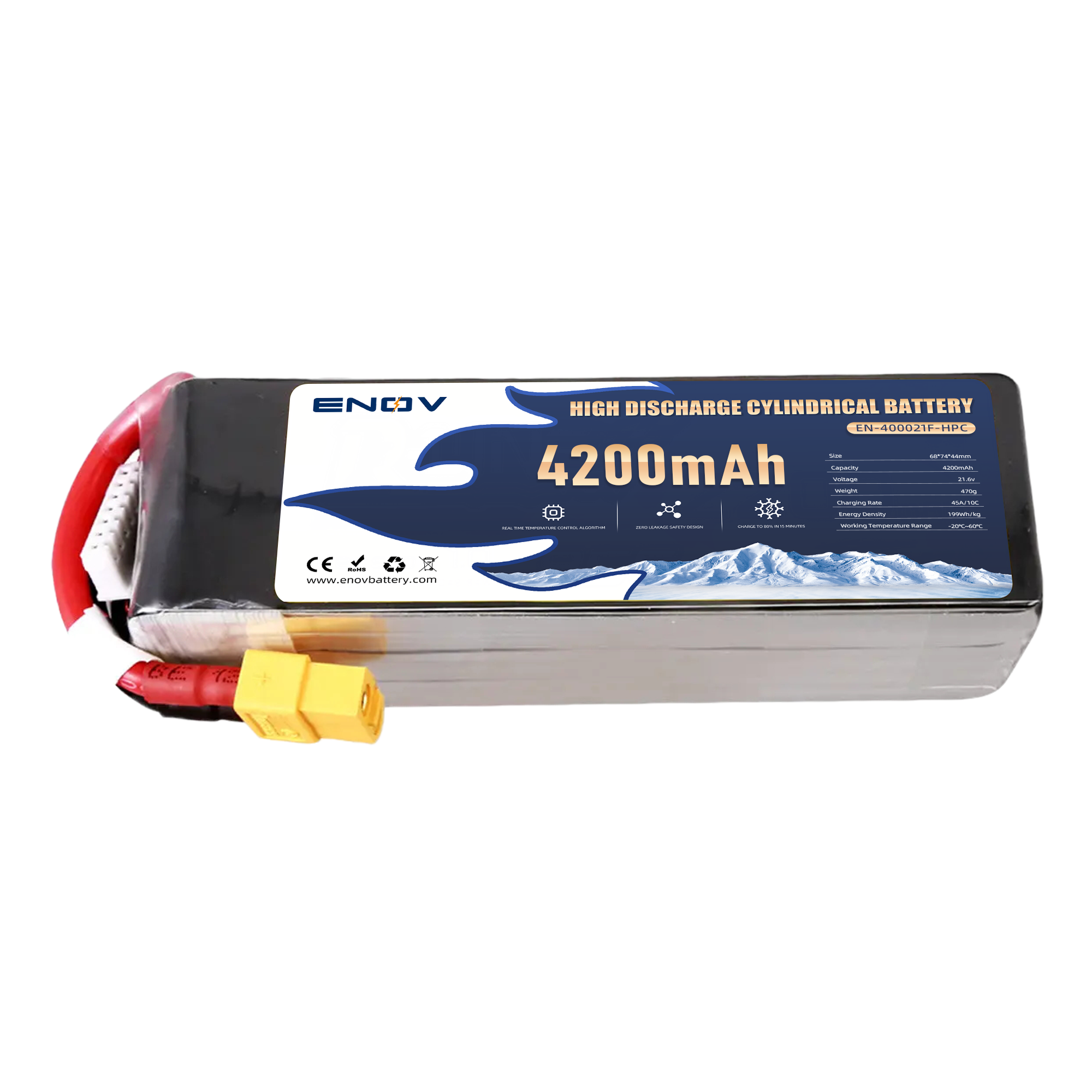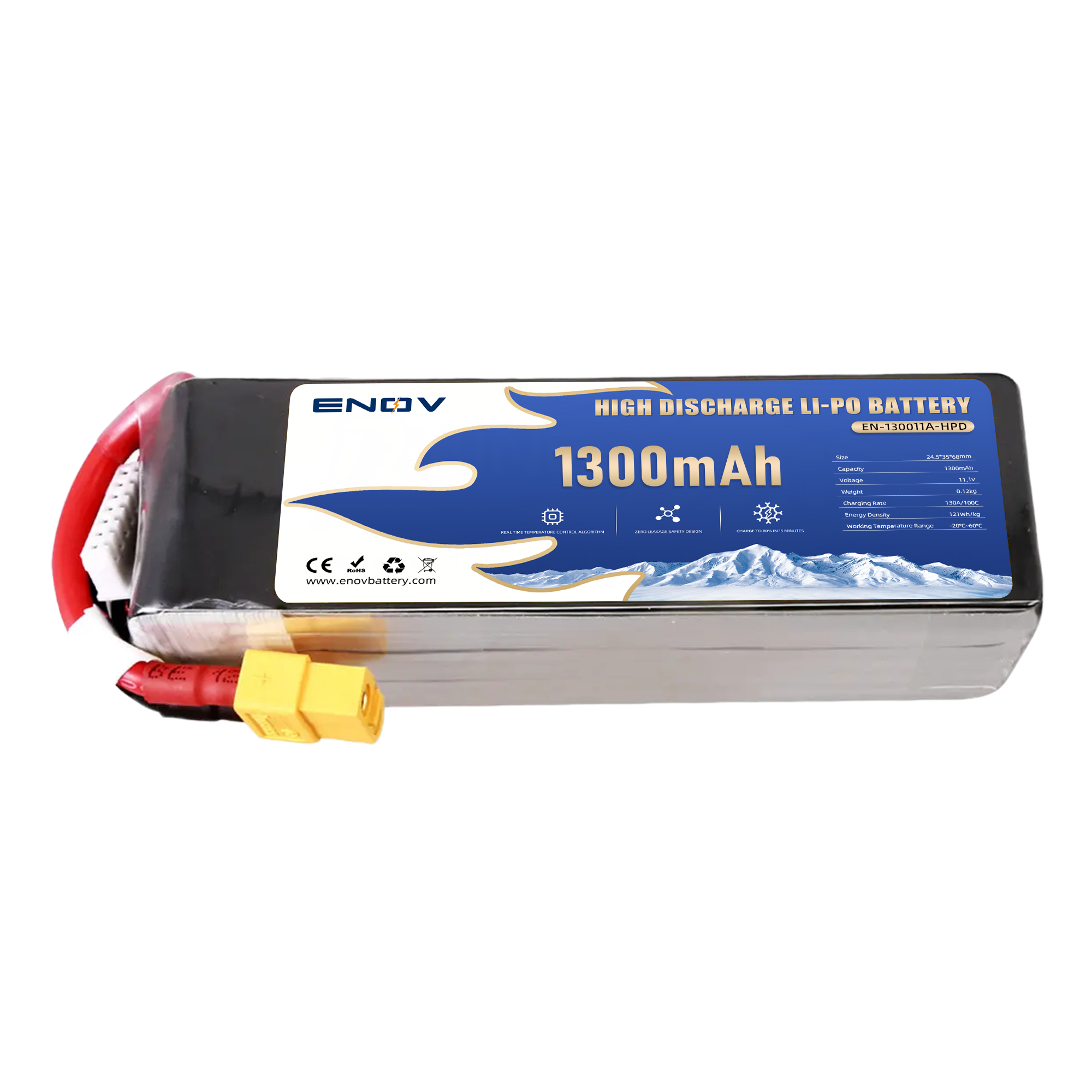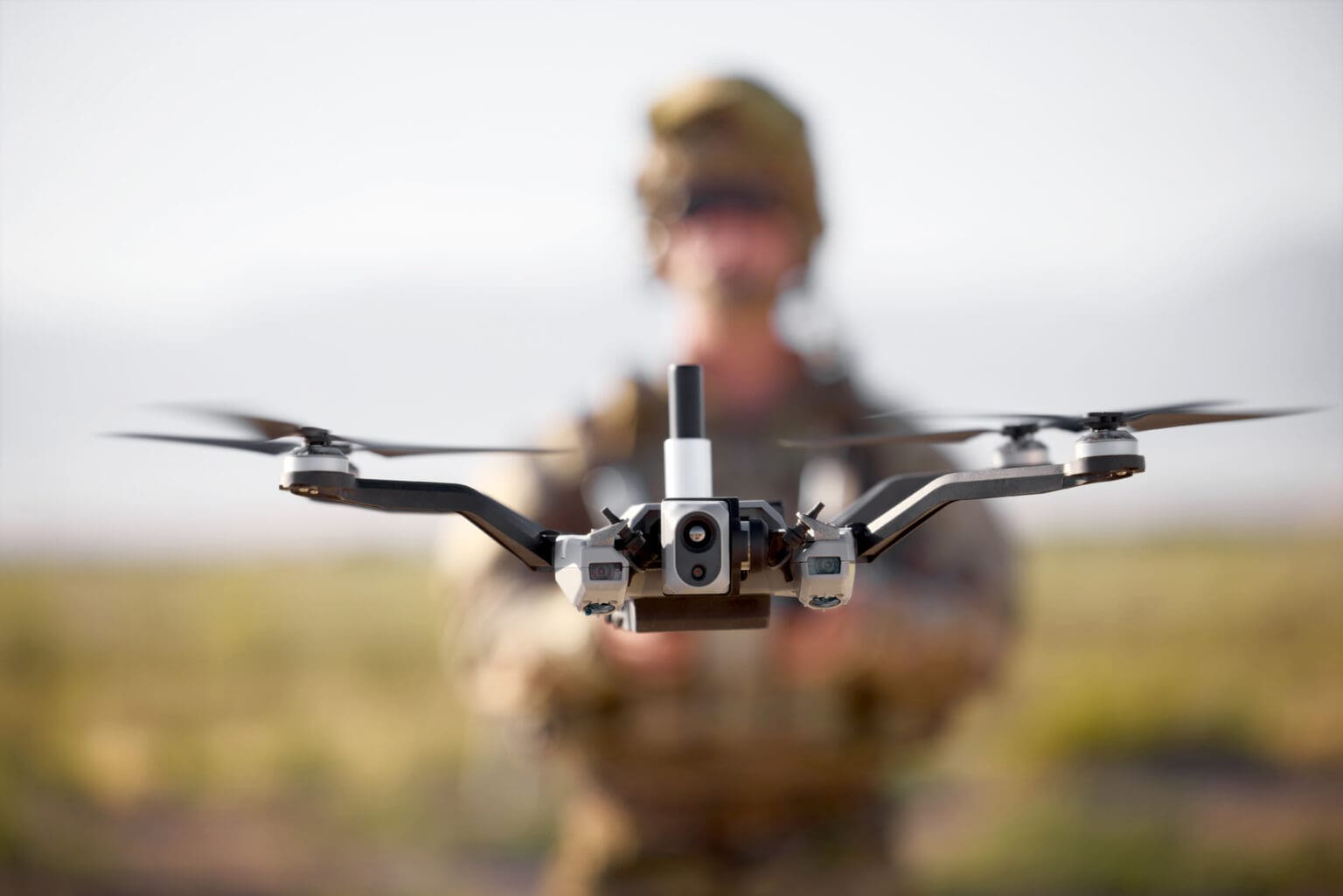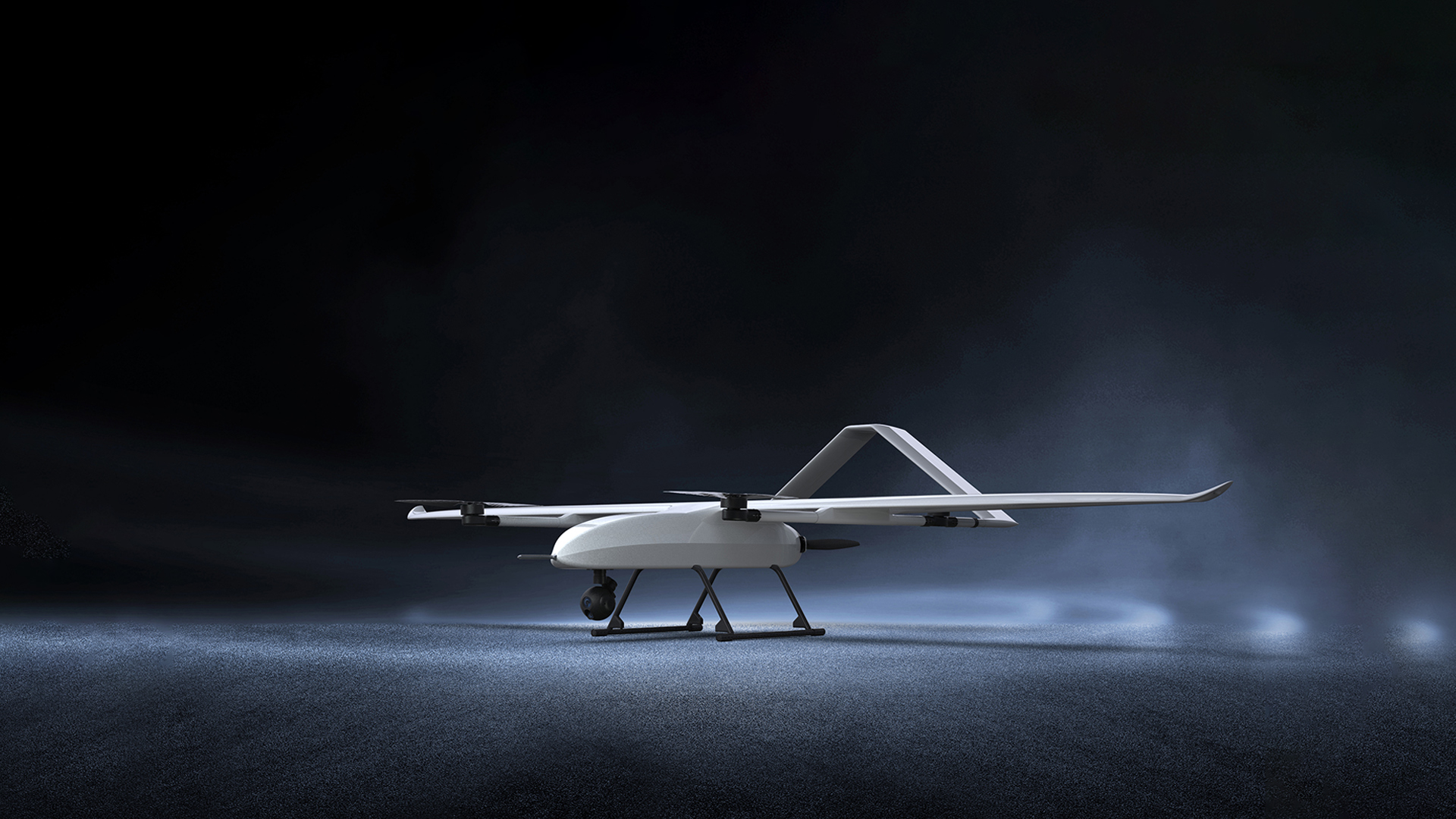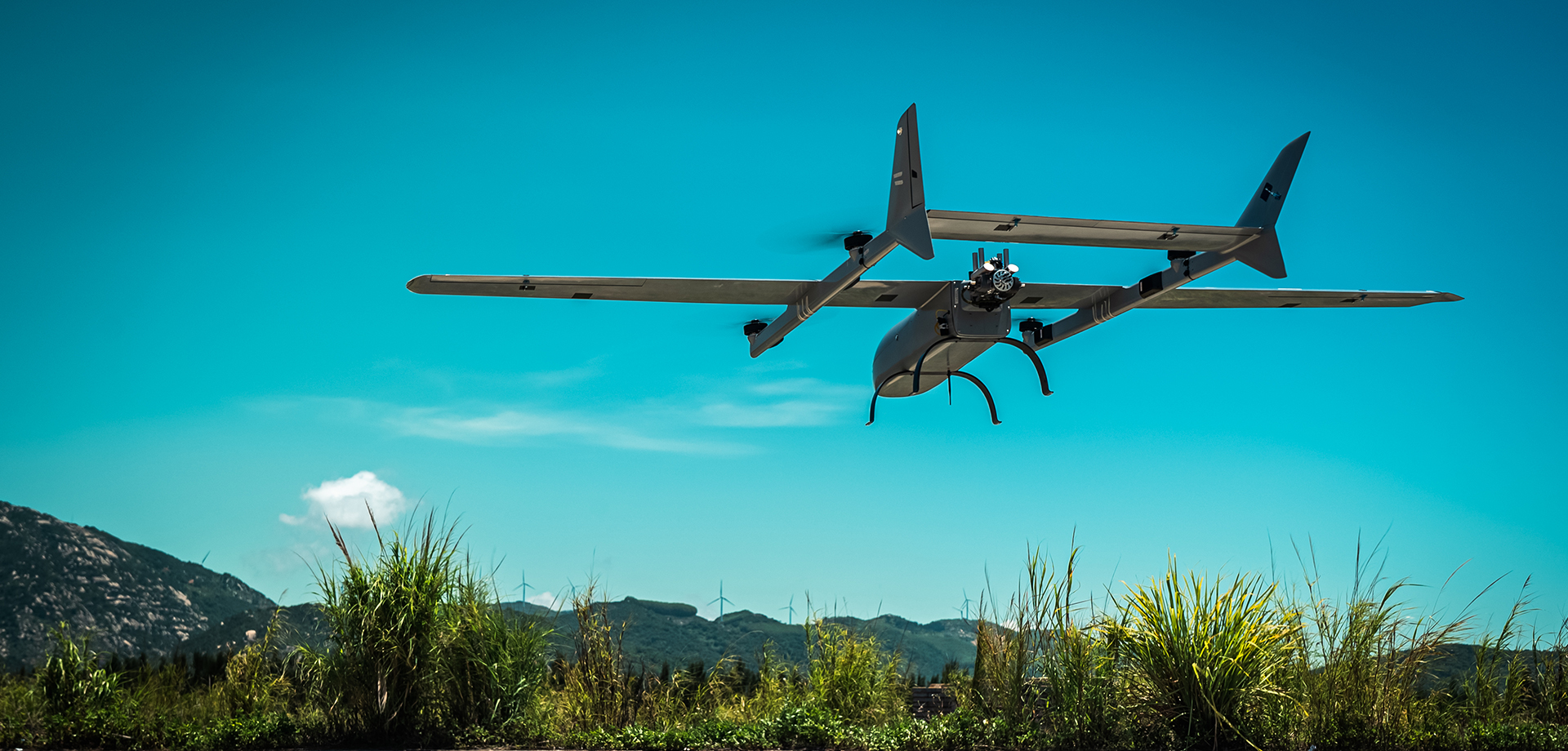Understanding Drone Battery Cycle Life: A Comprehensive Guide
A drone battery’s cycle life—the number of complete charge-discharge cycles it can endure before capacity drops below 80%—is critical for operational efficiency, cost management, and sustainability. This guide explains how cycle life works, factors affecting it, and actionable tips to maximize longevity for drone pilots and professionals.
thrust
What Is Drone Battery Cycle Life?
Cycle life measures a battery’s durability over repeated use. For example, a lithium-polymer (LiPo) battery rated for 300 cycles can retain ≥80% capacity after 300 full charges
Most drone batteries use lithium-ion (Li-ion) or LiPo chemistries, with Li-ion typically offering higher cycle counts (500–1,000 cycles) compared to LiPo (200–500 cycles)
Factors Affecting Cycle Life
1. Depth of Discharge (DoD) Shallow discharges (20–40% DoD) extend cycle life significantly. For instance, discharging a Li-ion battery to 80% capacity (20% DoD) can provide 2,000 cycles, versus 300 cycles at 100% DoD
2. Temperature Exposure Operating or storing batteries above 25°C (77°F) accelerates degradation. At 40°C (104°F), a fully charged Li-ion battery loses 20% capacity in one year Charging Practices Fast charging and charging to 100% voltage (e.g., 4.2V/cell for LiPo) stress cells. Reducing peak charge voltage by 0.1V (e.g., 4.1V) can double cycle life
3. Battery Chemistry Lithium-sulfur (Li-S) and quasi-solid-state batteries (emerging technologies) promise higher cycle counts (1,500+ cycles) with improved thermal stability
How to Maximize Cycle Life
1. Avoid Full Discharges Keep DoD below 80% for LiPo and 60% for Li-ion. Use telemetry systems to monitor real-time battery health
2. Optimize Charging
o Store batteries at 40–60% charge (3.7–3.8V/cell)
o Use smart chargers with balance charging to prevent cell imbalance
3. Control Temperature
o Avoid flying in temperatures above 35°C (95°F)
o Store batteries in cool, dry environments (15–25°C)
4. Upgrade to Advanced Chemistries Consider Li-S or quasi-solid-state batteries for high-cycle applications like industrial drones
Common Myths About Cycle Life
• Myth 1: All cycles are equal. Reality: Partial cycles (e.g., 50% discharge) count as half a cycle. Frequent partial use is gentler than full cycles
• Myth 2: Higher capacity batteries last longer. Reality: Capacity and cycle life are inversely related. High-capacity LiPo packs often degrade faster under heavy loads
• Myth 3: Calibration cycles improve longevity. Reality: Full discharges for calibration (e.g., 0–100%) accelerate wear. Modern batteries don’t require this
Future Trends in Battery Longevity
1. Lithium-Sulfur (Li-S) Batteries: Promising 1,500+ cycles with 8x higher energy density than Li-ion
2. Quasi-Solid-State Tech: Combines liquid and solid electrolytes for 1,000+ cycles and reduced fire risks
3. AI-Driven Health Monitoring: Predictive algorithms to optimize charging and prevent premature aging
Conclusion
Drone battery cycle life hinges on usage patterns, chemistry, and maintenance. By adopting shallow discharges, temperature control, and smart charging, operators can extend battery lifespan by 30–50%. Prioritize quality batteries from trusted brands (e.g., Tattu, Autel) and stay updated on emerging technologies like Li-S and solid-state systems for long-term savings and sustainability.
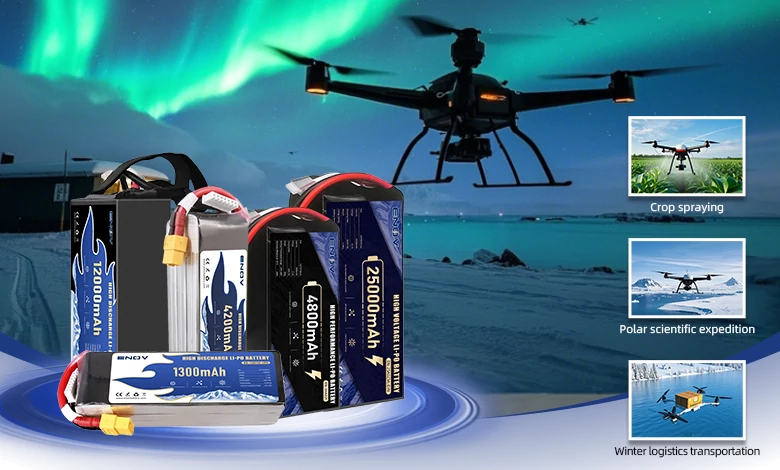
UAV DRONE battery
Enov UAV battery has the most advanced UAV battery new technology, it has a lightweight structural design, ultra-high energy density, stable continuous discharge, customized ultra-high instantaneous discharge, wide temperature working range, stable charge and discharge, battery materials can choose high nickel terpolymer positive/silicon carbon negative material system combined with semi-solid battery technology. Or choose a more mature application of more UAV lithium battery technology, available UAV battery nominal voltage 3.7V, capacity 18.0Ah ~ 30.0Ah, support 10C continuous discharge and 120C pulse discharge (3 seconds). With ultra-high energy density (220-300Wh/kg) as its core advantage, Enov UAV batteries can meet the needs of long-term endurance scenarios such as plant protection drones and transport drones, while maintaining stable emission performance in extremely low temperature environments (-40℃).
Other products
START-STOP LITHIUM BATTERY
LITHIUM ENERGY STORAGE BATTERY
QUICK INQUIRY
FAQ
Access to high frequency technical questions with one click, get accurate answers on product application, after-sales policy and customization process.
Service and Support
Get the latest product specifications, explore professional OEM/ODM customization services, click to open exclusive technical support and production solutions.
Become a Partner
We sincerely invite resources to interconnect, work together for win-win development, and immediately open a new chapter of strategic cooperation!


